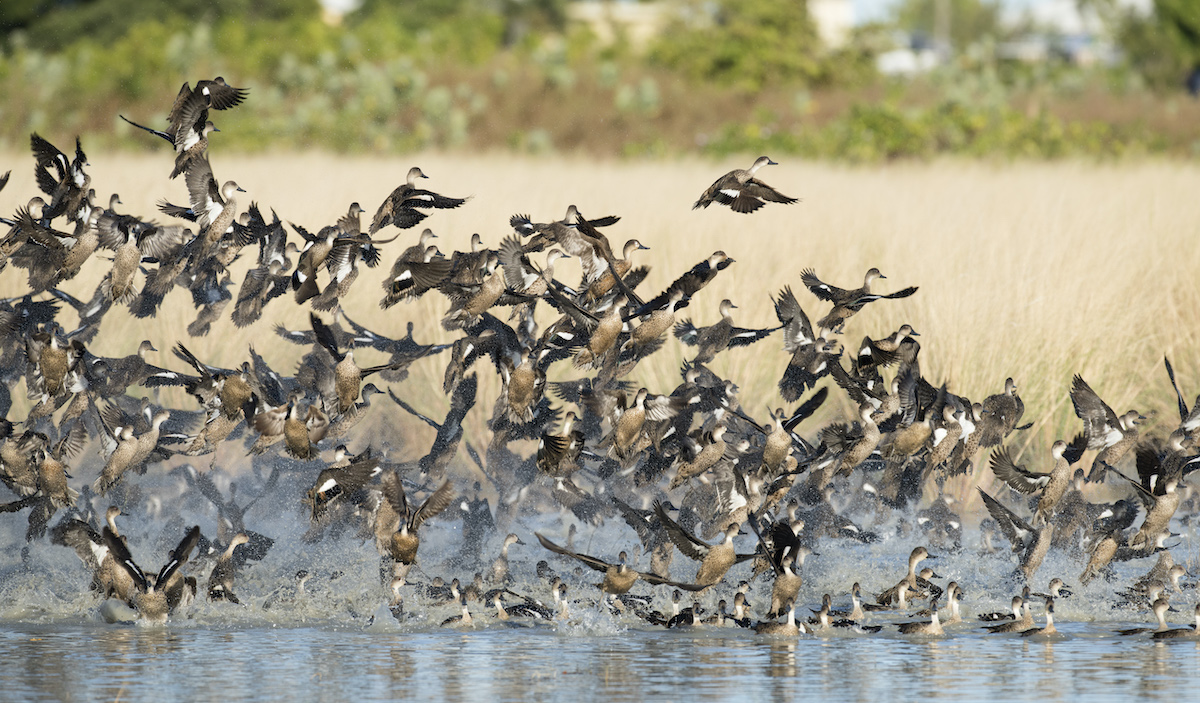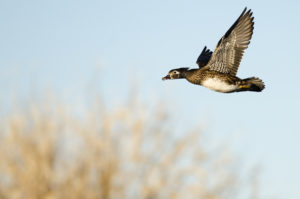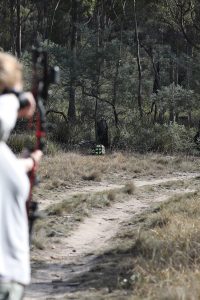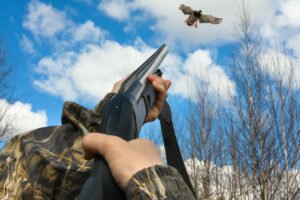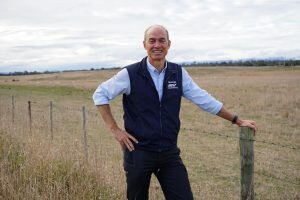Great news for Tasmanian duck hunters with the Tasmanian government giving a green light for the 2021 duck hunting season to start, as planned, on Saturday 6 March 2021.
It is encouraging to see that the Tasmanian government, unlike other governments around Australia, relies on data and science to inform their decisions, rather than allowing themselves to be manipulated by overly emotional rhetoric from animal rights activists and anti-hunting groups.
In fact, when the RSPCA and the Greens launched their very public campaigns to ban duck hunting, accusing the government of ignoring expert opinion, Guy Barnett was quick to call them out on their lies.
Barnett went even further, publicly recognising the significant role hunting plays in the social fabric of Tasmania and reminding the antis how regulated the season already is.
The low down on duck hunting in Tasmania
The 2021 duck hunting season opens on Saturday 6 March and closes on Sunday 6 June 2021.
To legally hunt ducks in Tasmania, hunters must hold a current Category A firearms license, have successfully completed the Waterfowl Identification Test, and hold a Game License for Wild Ducks. This is available from Services Tas outlets or online via DPIPWE and costs $32.40.
The rules
As Guy Barnett correctly pointed out, duck hunting is heavily regulated in Tasmania. By adhering to the rules and regulations, we help ensure we can continue the tradition of duck hunting even when other states are banning it.
Below is a short list of current regulations surrounding duck hunting in Tasmania:
- You can use decoys, including feathered decoys to take ducks. You cannot use live baits, live birds, tape recorders or other electronic devices to attract ducks.
- You may use dogs for the sole purpose of retrieving harvested ducks. They cannot be used to rouse or kill ducks.
- Ducks can only be taken with a shotgun not exceeding 12g and using non-lead based ammunition. The use of lead shot when shooting over wetlands, lakes, dams, harbours, estuaries, lagoons, rivers, creeks, canals, or other watercourse, whether on public or private land, is strictly prohibited.
- You cannot hunt from a motorised boat or watercraft.
- You cannot use any aircraft, including drones, to rouse ducks.
- Hunters must retain either the head or the wings of each duck they harvest, and these must be kept until you either return home, or to your shack or camp.
Bag limit
The current bag limit for wild duck is 10 ducks per licensed hunter per day.
Duck species
Tasmania only has five species of wild ducks that can legally be hunted. All other species, with the exception of introduced species such as mallards and muscovies, are protected and cannot be hunted without an appropriate crop protection permit. Seven species are considered vulnerable here in Tasmania, and therefore, cannot be hunted at all.
It is the responsibility of the hunter to be able to correctly identify all of these species both from the water and in the air.
If its been a while since you completed your WIT, we’ve included some photos below to help you get reacquainted. And, if you click on the photo, it will take you through to a page with more information about that species.
Legal duck species
Only five species of native ducks can legally be hunted in Tasmania. These include chestnut teal, wood duck, Australian grey teal, Pacific black duck, and mountain duck (also called Australian shelduck).
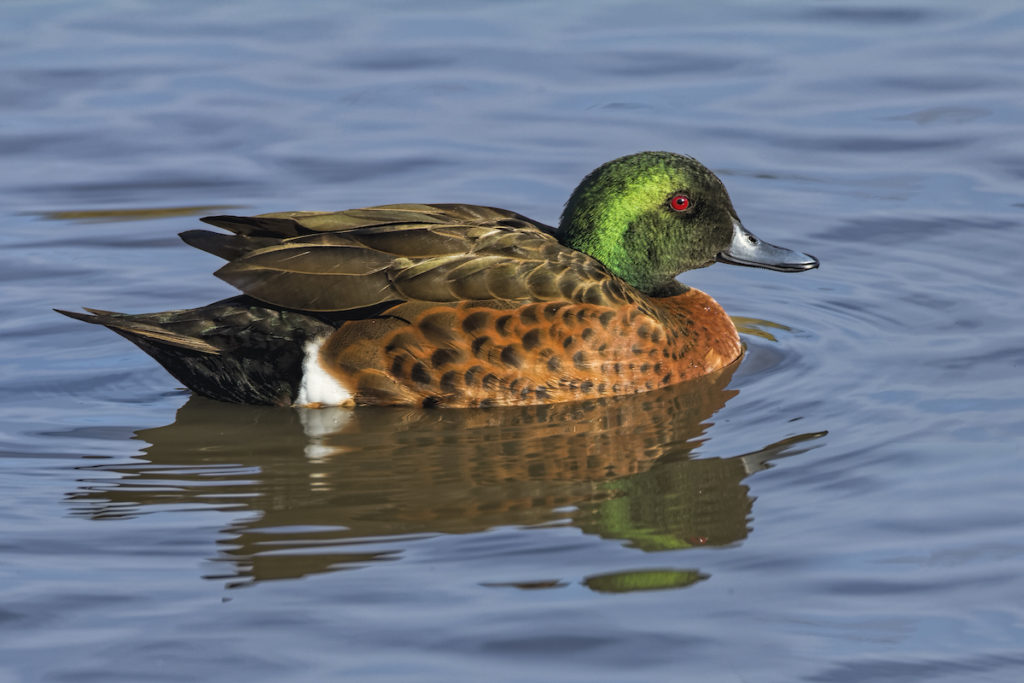
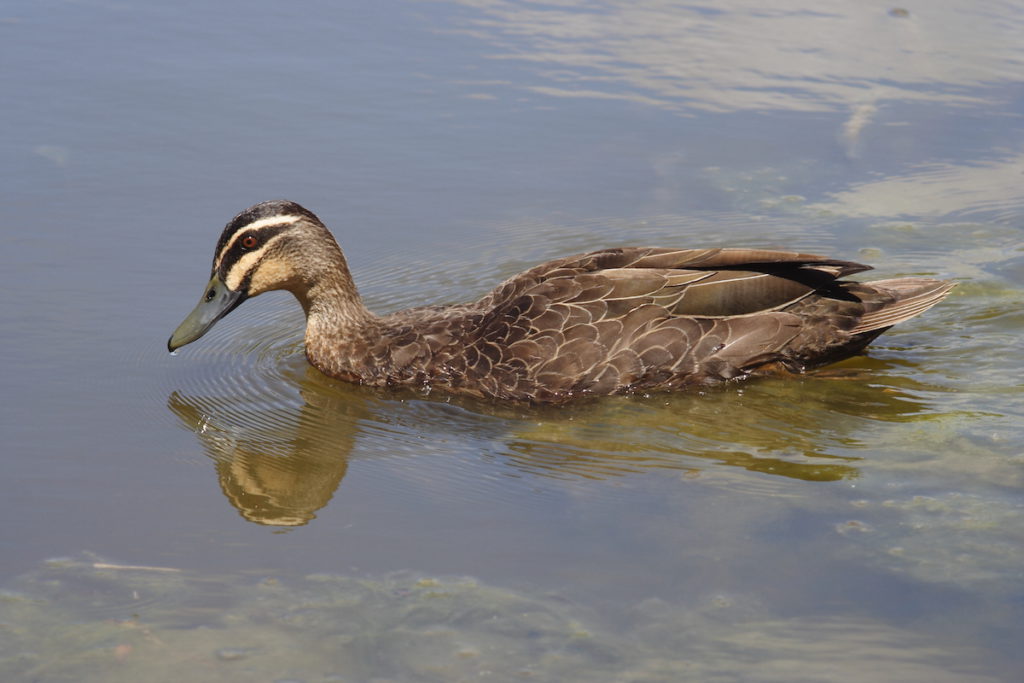
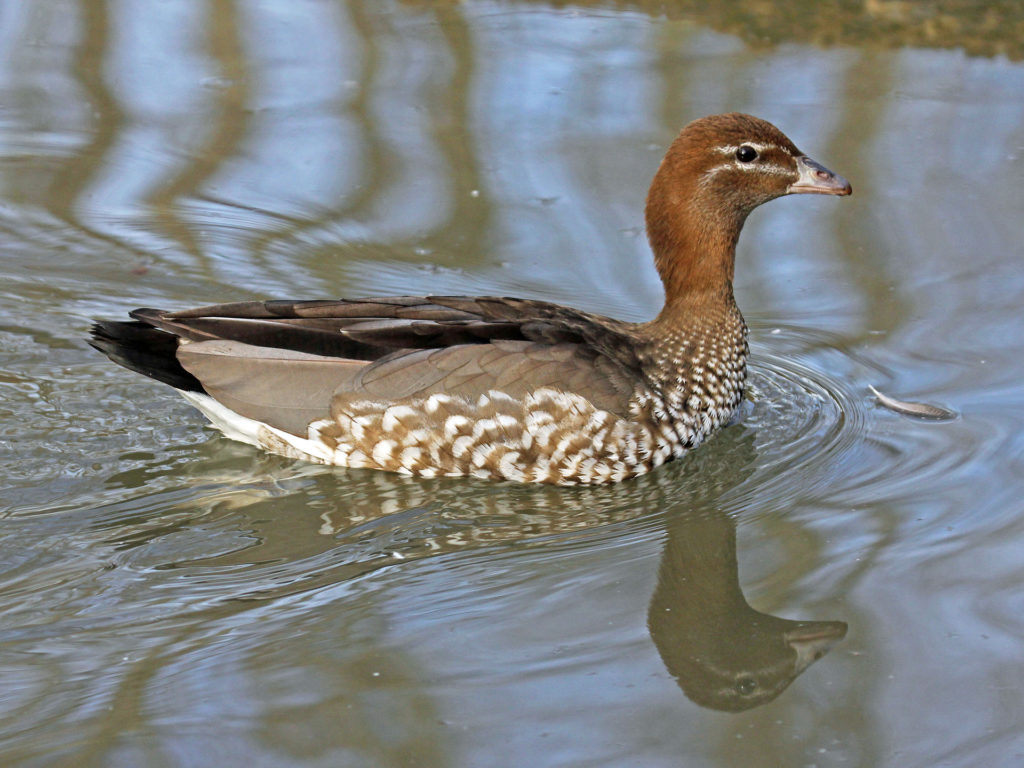
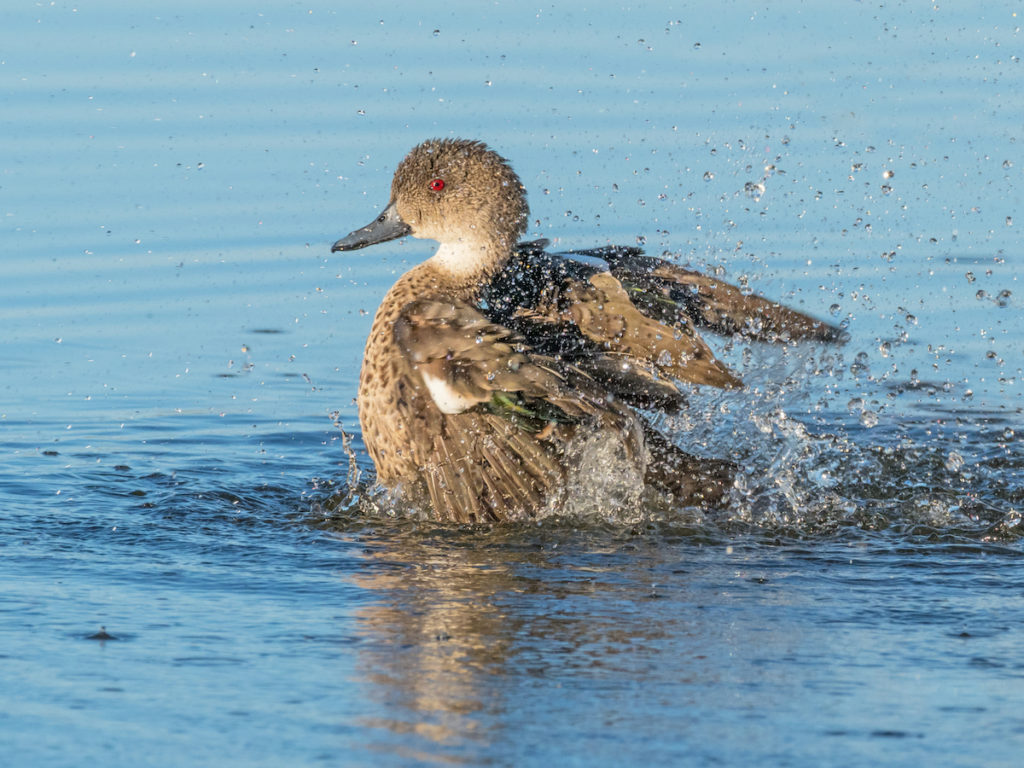
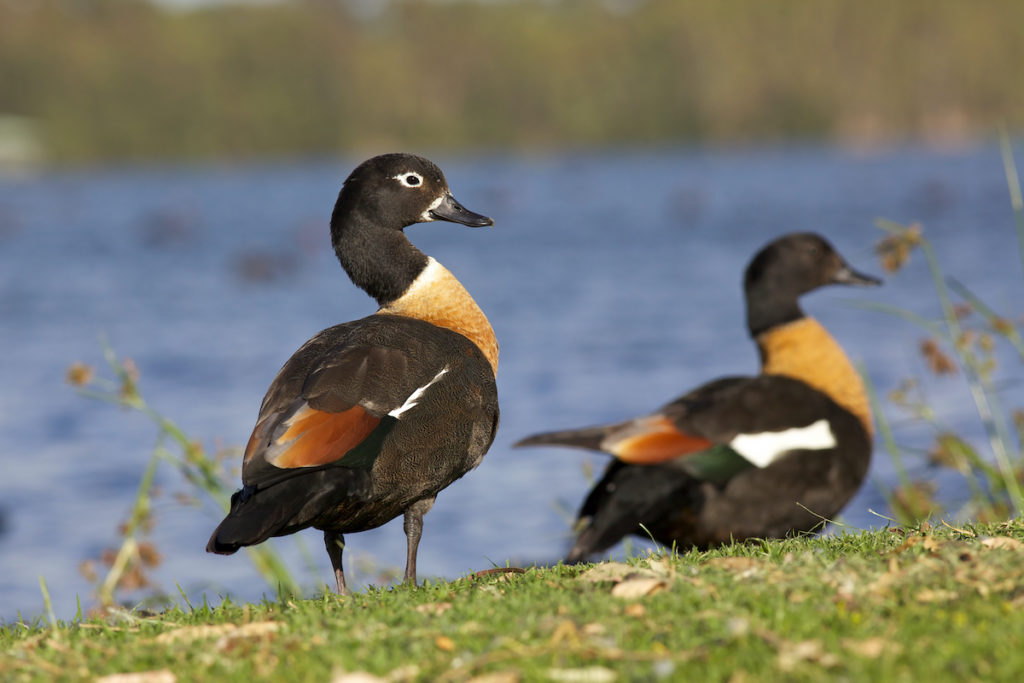
Protected duck species
These seven species of ducks in Tasmania are considered vulnerable, and therefore, cannot be hunted at all.
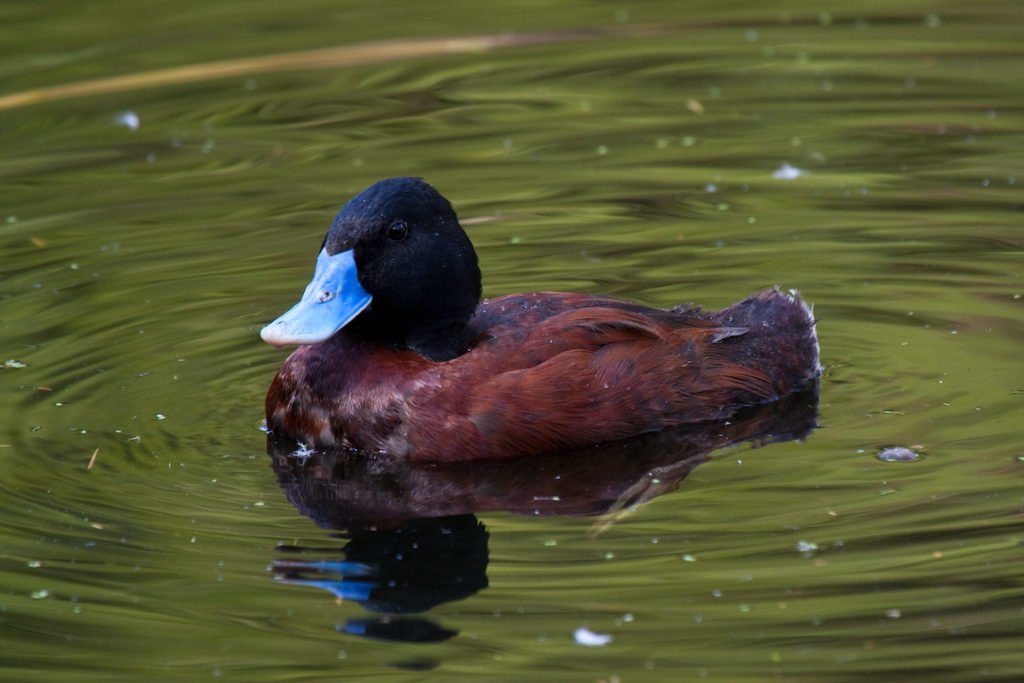
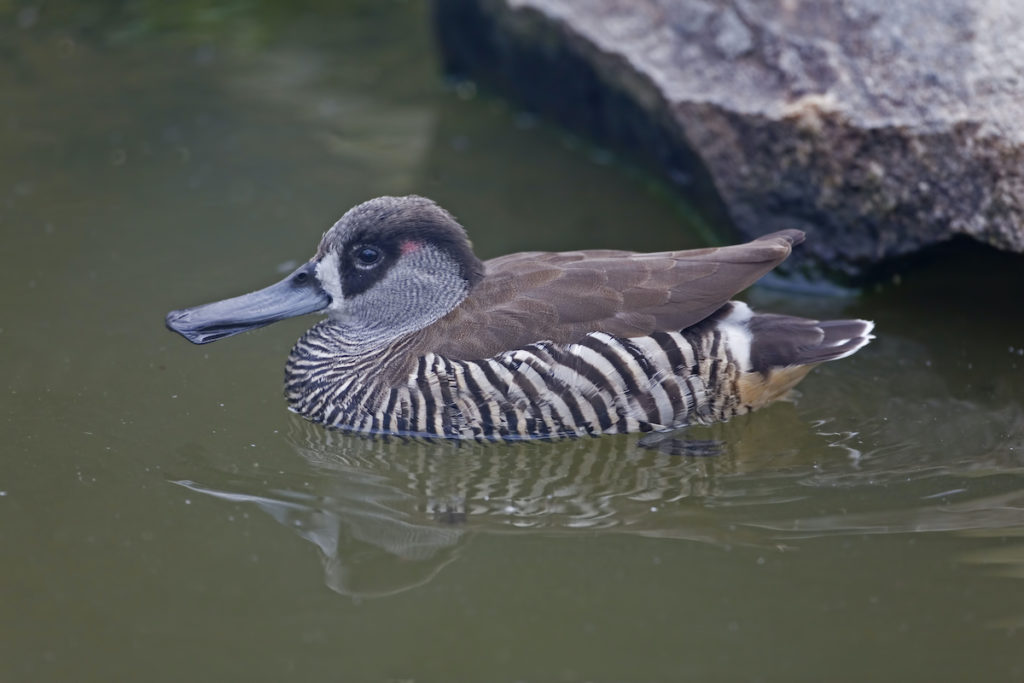
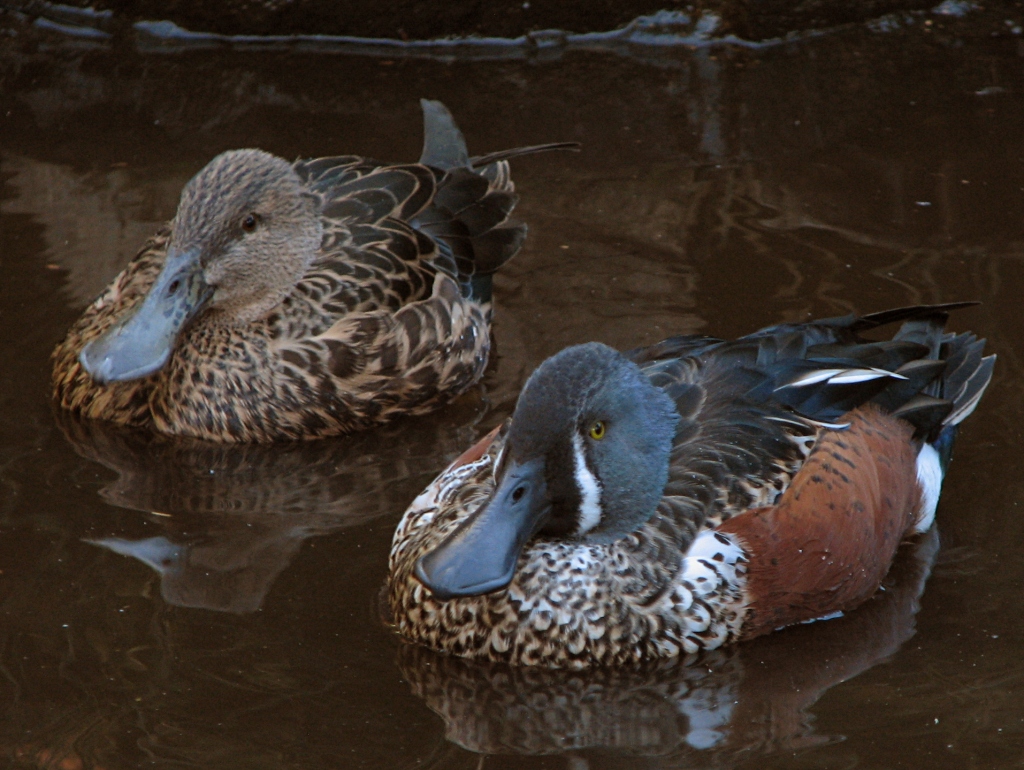
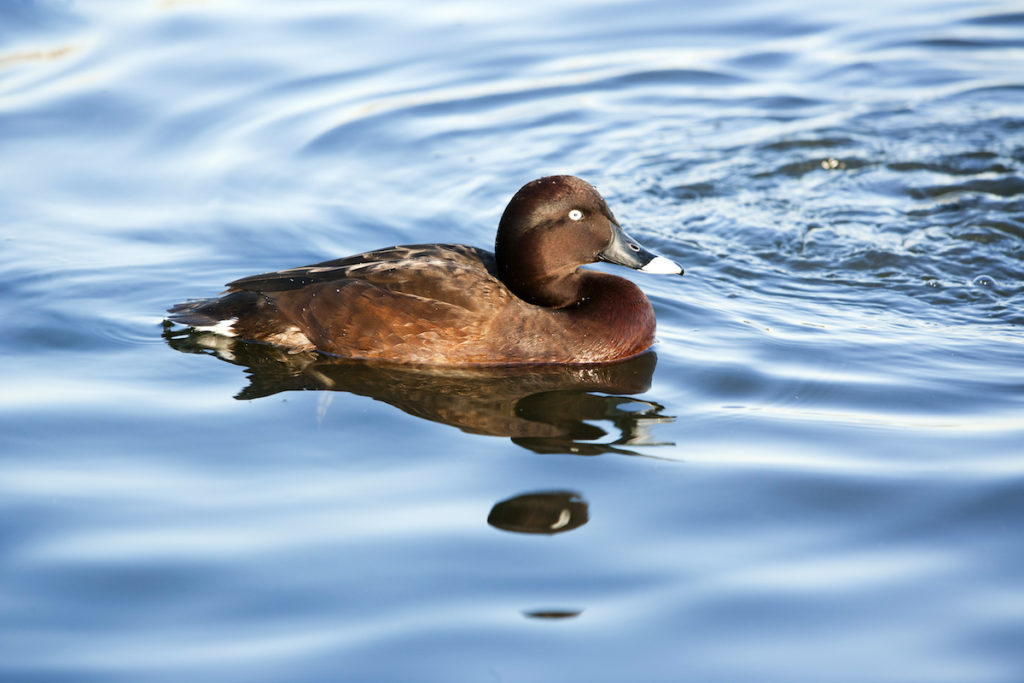
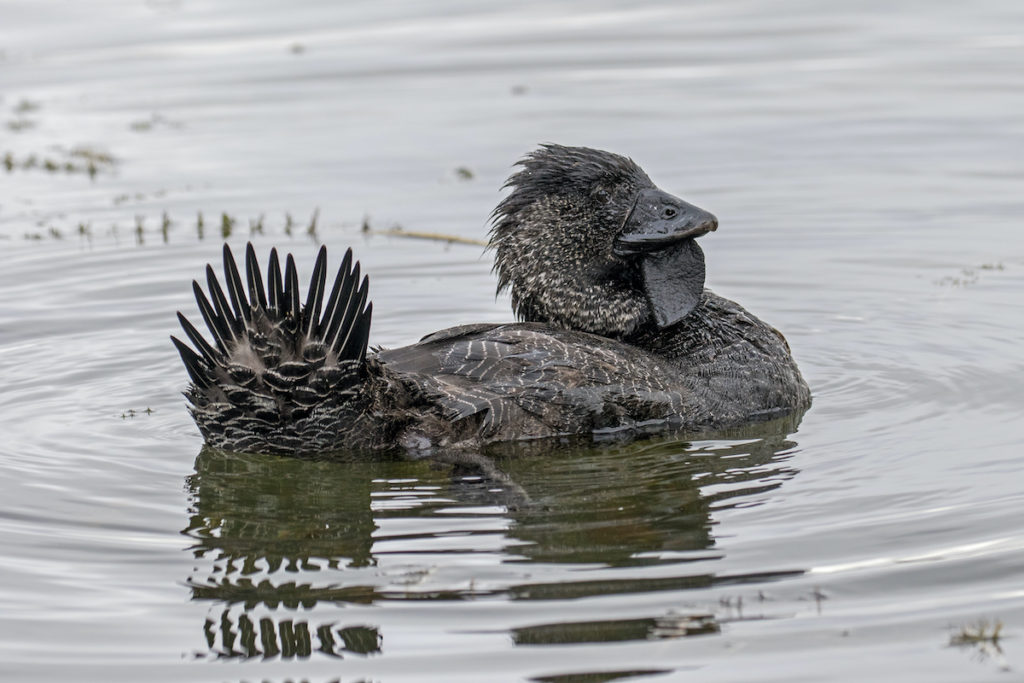

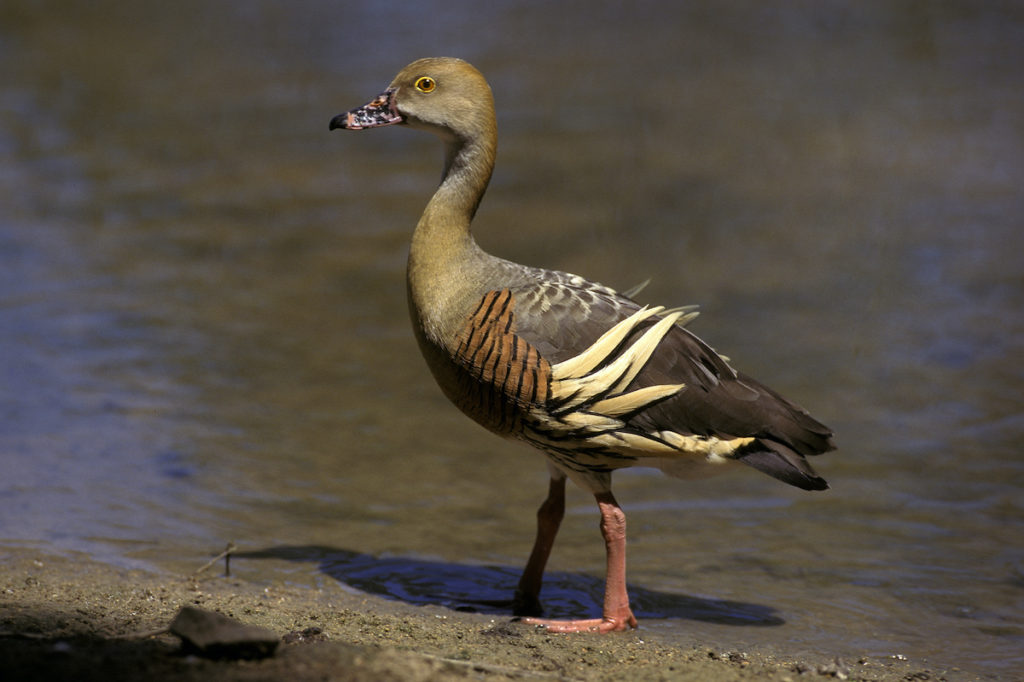
Introduced duck species
So what about introduced species of ducks, such as mallards, muscovies and hybrids?
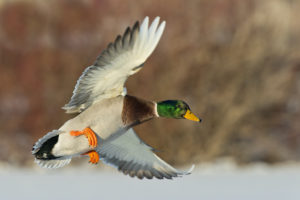
According to DPIPWE, introduced ducks can be taken at any time of the year, by any lawful means, on land or on water, on two very important provisos:
- you must have permission of the landholder;
- the ducks do not belong to somebody.
In other words, don’t go shooting someone’s pet ducks thinking that you’re doing them a favour!
Where can I hunt ducks in Tasmania?
Wild ducks can be hunted on both private land and on allocated public lands.
If you are hunting on private land, it is your responsibility to ensure that you have all of the correct permissions in place. If you trespass on private land without permission, not only can you be charged with poaching, you can also be charged with trespassing with a firearm, both of which can carry hefty penalties.
If you are hunting on public land, it is important that you only hunt in the allocated reserves. Taking wild ducks in national parks and reserves outside of these areas is strictly prohibited.
That being said, there are several allocated reserves that you can hunt ducks on, as well as some lands owned by Hydro Tasmania. And unlike hunting deer on public lands, there is no need to enter a ballot or book a place. All you need to do is turn up.
However, it is your responsibility to ensure that you are complying with all the rules and regulations for each reserve. We strongly recommend closely examining the maps for each reserve to familiarise yourself with the areas you can legally hunt, and where hunting is not allowed, and to ensure that you are following all the requirements for hunting on that land.
Public Reserves
Duck hunting is permitted on the following public land reserves:
-
MOULTING LAGOON GAME RESERVE – this reserve is located on the East Coast of Tasmania, between Swansea and Coles Bay. Note that duck hunting is not permitted in the area known as “The Sanctuary”, which is situated in the northern part of the lagoon bounded on the western shore by the high water mark and on the eastern side by the Coles Bay Road. Common ducks in this area include the mountain duck (Australian shelduck) and the chestnut teal.
-
LAKE TIBERIAS GAME RESERVE – located north east of Colebrook in the Southern Midlands, near Stonor, Lake Tiberias is a shallow lake of around 1000 hectares, which is the source of the Jordan River. All five permitted species of wild duck can be found at Lake Tiberias.
-
FARM COVE GAME RESERVE – located inside Macquarie Harbour near Strahan on the West Coast of Tasmania, the Farm Cove Game Reserve is a Tasmanian Wilderness World Heritage Area.
-
NORTH-EAST RIVER GAME RESERVE – located on Flinders Island, the North-East River Game Reserve is a popular hunting and fishing spot. The reserve is also home to one of Tasmania’s largest herd of feral pigs.
-
WATERHOUSE CONSERVATION AREA – located near Bridport in the state’s north east, the Waterhouse Conservation Area is an important wetlands area that is home to more than 138 species of birds. It is made up of three deep water lagoons, though hunting is only allowed on Big Waterhouse Lake and Blackman’s Lagoon.
-
CAMERON REGIONAL RESERVE – located close to Waterhouse Conservation Area in the North East, duck hunting is permitted within the Cameron Regional Reserve excluding the Boobyalla and Foster Marshes area.
-
LAKE CRESCENT – located in the Midlands, near Interlaken. Access to the Public Reserve via Laycock Drive is permitted only for the purpose of carrying hunting equipment through to the edge of Lake Crescent. Shooting within this public reserve is not permitted. Duck hunting at Lake Crescent is only allowed on unallocated Crown Lands.
- LAKE SORELL – located just north of Lake Crescent, Lake Sorell is a popular fishing spot. Duck hunting is only permitted on unallocated Crown Land.
-
BRUSHY LAGOON CONSERVATION AREA – located near Frankford in the North of the state, duck hunting is permitted in the Conservation Area and the Crown Land at Brushy Lagoon.
Hydro Tasmania Land
Duck hunting is permitted on the following six Hydro Tasmania properties. If you would like to hunt Hydro Tasmania land, is important that you study the maps carefully, as some areas are restricted and shooting is strictly prohibited in restricted areas. The maps also include GPS co-ordinates, which should be particularly helpful when planning your hunt.
- Cowpaddock Bay – located within Arthurs Lake, Cowpaddock Bay can be accessed via Gunns Marsh Road.
- Lake Binney – located north east of Tarraleah, just below Brady’s Lake, Lake Binney can be accessed via the Lyell Hwy or via Brady’s Lake Road.
- Lake Burbury – located near Queenstown on the West Coast, Lake Burbury is a man-made reservoir created by the Crotty Dam. Water from the reservoir feeds the John Butters Hydroelectric Power Station. The lake can be accessed via the Lyell Hwy.
- Lake Catagunya – located south of Wayatinah in the Midlands, the lake is part of the Catagunya Power Station. Access is via Long Spurs Road.
- Lake King William – located near Derwent Bridge and The Wall, the lake is a huge reservoir on the upper Derwent River. There are several access points to the Lake including along Lyell Hwy, Harback’s Road, Butler’s Gorge Road and Switchyard Track.
- Brumby’s Creek – located near Cressy in the state’s north, Brumby’s Creek is a popular fishing area that runs off Macquarie River. Please note: there are several areas along Brumby’s Creek where hunting is not allowed, including within 500m of the Devil Program, or within 250m of a house or dwelling. Please familiarise yourself with these areas before commencing your hunt. Access is via a gate on Fisheries Lane, which runs off Cressy Road. Please ensure the gate remains shut. While there are other access points, most of these run off private land.
While Hydro Tasmania does not require you to book, they do ask that you adhere to the following rules:
- You must have a valid firearms and game license, and comply with the provisions of the Firearms Act 1996.
- You must adopt safe shooting practices and abide by all directional signs and lactions given by an authorised person.
- You must hold Public Liability Insurance and carry evidence of this while hunting. Public Liability Insurance is often supplied as part of your membership with a relevant hunting or shooting association.
- You must not cause any environmental harm or damage. If damage is caused, it must be reported to Hydro Tasmania, and you may be required to clean it at your own expense.
- Vehicles can only be driven on existing tracks.
- Duck hunting is not permitted on any other Hydro Tasmania land or waterways besides the six mentioned below.
Hydro Tasmania reserves the right to prosecute any failure to adhere to these rules.
All information in this article was correct at the time of publishing. For the most up-to-date information, always check the DPIPWE website.
Check out our Game Kitchen for some inspiration on cooking your wild game meats.
What is I Am Hunter?
I Am Hunter wants to change the way hunting is perceived and to change the conversation from a negative one driven by anti-hunters to a positive one led by hunters.
Our goal is to help hunters become positive role models and ambassadors for hunting, while simultaneously helping non-hunters understand why hunting is important.
You can become a supporter and help us achieve our goal and spread a positive message about hunting with the wider community.
Our other channels
Follow us on Facebook
Follow us on Instagram
YouTube
Subscribe to our YouTube channel.
Get our newsletter
Get our free monthly newsletter direct to your inbox
Listen on iTunes
Listen to our podcast on iTunes.
TV series
Watch I Am Hunter episodes on My Outdoor TV (MOTV)

